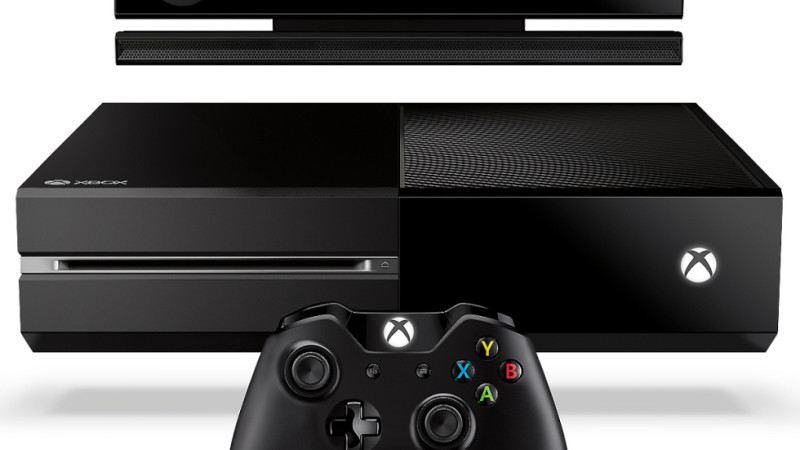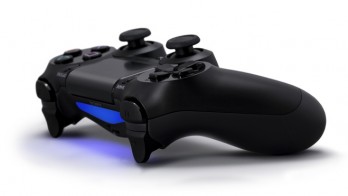A Football Fan’s Take on the Xbox One
If you love the PS4 and can’t stand Xbox stuff, enjoy your romance. While I will make some references to both machines, it is not meant to be derogatory but informative. BLUF (Bottom Line Up Front) – The Xbox One is a great machine with a ton of potential. It will eventually realize said potential






